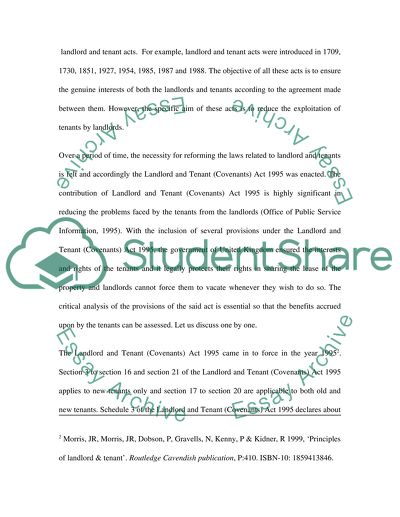Cite this document
(“Evaluate how far the provisions of the Landlord and Tenants Essay”, n.d.)
Evaluate how far the provisions of the Landlord and Tenants Essay. Retrieved from https://studentshare.org/miscellaneous/1559136-evaluate-how-far-the-provisions-of-the-landlord-and-tenants-covenants-act-1995-can-be-said-to-benefit-tenants-to-the-detriment-of-landlords
Evaluate how far the provisions of the Landlord and Tenants Essay. Retrieved from https://studentshare.org/miscellaneous/1559136-evaluate-how-far-the-provisions-of-the-landlord-and-tenants-covenants-act-1995-can-be-said-to-benefit-tenants-to-the-detriment-of-landlords
(Evaluate How Far the Provisions of the Landlord and Tenants Essay)
Evaluate How Far the Provisions of the Landlord and Tenants Essay. https://studentshare.org/miscellaneous/1559136-evaluate-how-far-the-provisions-of-the-landlord-and-tenants-covenants-act-1995-can-be-said-to-benefit-tenants-to-the-detriment-of-landlords.
Evaluate How Far the Provisions of the Landlord and Tenants Essay. https://studentshare.org/miscellaneous/1559136-evaluate-how-far-the-provisions-of-the-landlord-and-tenants-covenants-act-1995-can-be-said-to-benefit-tenants-to-the-detriment-of-landlords.
“Evaluate How Far the Provisions of the Landlord and Tenants Essay”, n.d. https://studentshare.org/miscellaneous/1559136-evaluate-how-far-the-provisions-of-the-landlord-and-tenants-covenants-act-1995-can-be-said-to-benefit-tenants-to-the-detriment-of-landlords.


